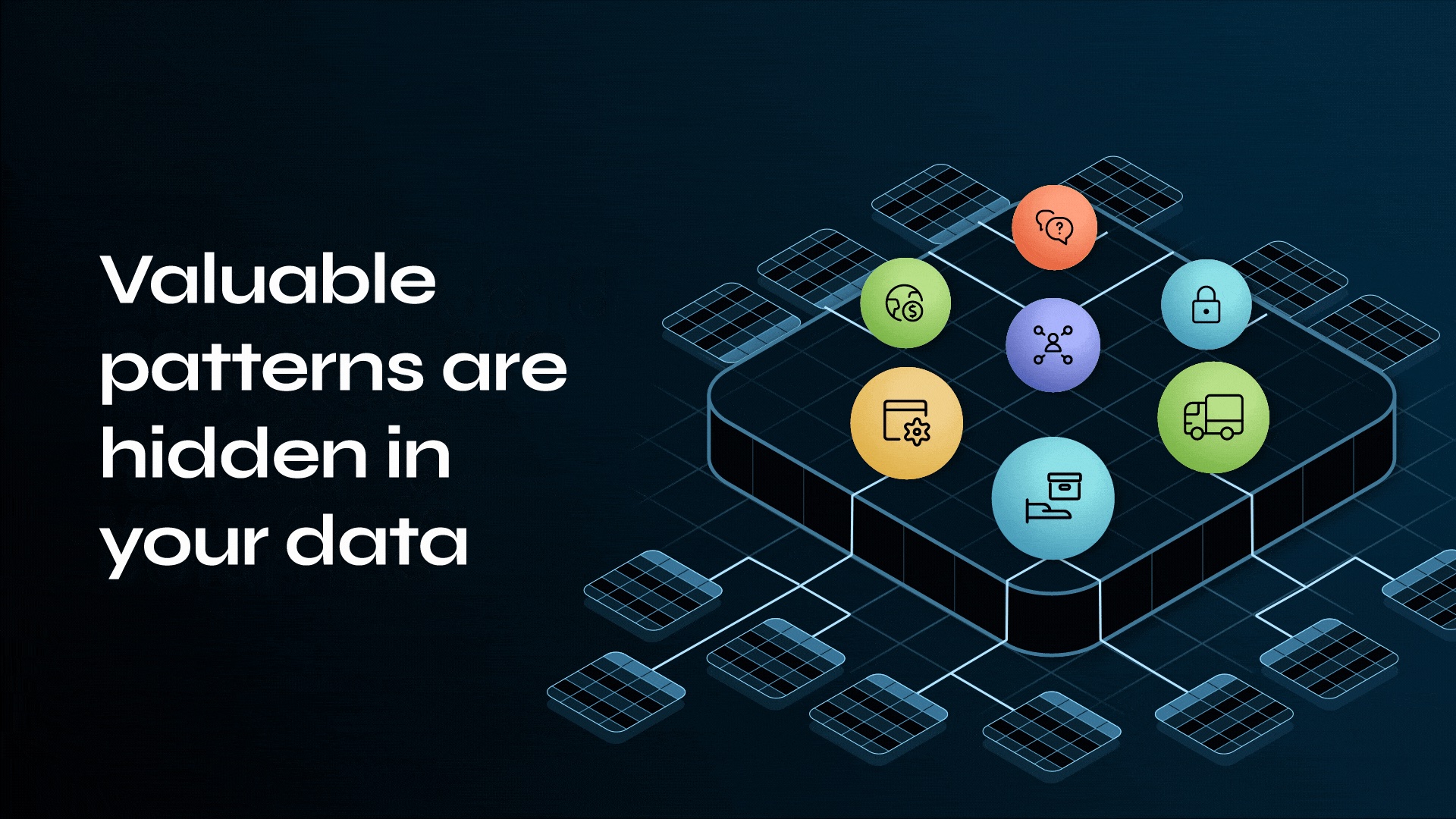The Competitive Advantage of Graph Databases in the Enterprise

Chief Scientist, Neo4j
7 min read

 “Big data” grows bigger every year, but today’s enterprise leaders don’t only need to manage larger volumes of data – they critically need to generate insight from their existing data.
“Big data” grows bigger every year, but today’s enterprise leaders don’t only need to manage larger volumes of data – they critically need to generate insight from their existing data.
So how should CIOs and CTOs generate those insights?
To paraphrase Seth Godin, businesses need to stop merely collecting data points, and start connecting them. In other words, the relationships between data points matter almost more than the individual points themselves.
In order to leverage those data relationships, your organization needs a database technology that stores relationship information as a first-class entity. That technology is a graph database.
Why Relational Databases No Longer Measure Up
Ironically, legacy relational database management systems (RDBMS) are poor at handling relationships between data points. Their tabular data models and rigid schemas make it difficult to add new or different kinds of connections.
Graphs are the future. Not only do graph databases effectively store the relationships between data points, but they’re also flexible in adding new kinds of relationships or adapting a data model to new business requirements.
Use Cases: The Competitive Advantage of Graph Databases
So how might your enterprise leverage graph databases to generate competitive advantage and significant business insights from your connected data?
In this “Graph Databases in the Enterprise” series, we’ve explored the most impactful and profitable use cases of graph database technologies at the world’s leading organizations, including:
These six use cases of graph databases are hardly a comprehensive list, but they do highlight the most common (and most advantageous) uses of graph technologies.
Even so, there are plenty of other use cases for graph database technologies, including logistics and routing, the life sciences, social networking, gaming, government, sports and even non-profit organizations.
Today’s CIOs and CTOs are under increasing pressure to provide actionable insights from their big data even as datasets grow larger and more unwieldy. What they need is a technology that determines the connections between data points and derives appropriate cogent conclusions.
Graph databases are that technology solution. They allow data professionals at every level to exploit the potential of their data relationships rather than just individual data points, and the only limit to how those relationships might be harnessed is the imagination of the database user.
Graph databases are a rising tide – not merely a passing fad – in the world of big data insights, and the enterprises that tap into their power realize significant competitive advantages.
Download your copy of this white paper, The Top 5 Use Cases of Graph Databases, and discover how to tap into the power of connected data at your enterprise.
Catch up with the rest of the “Graph Databases in the Enterprise” series:







